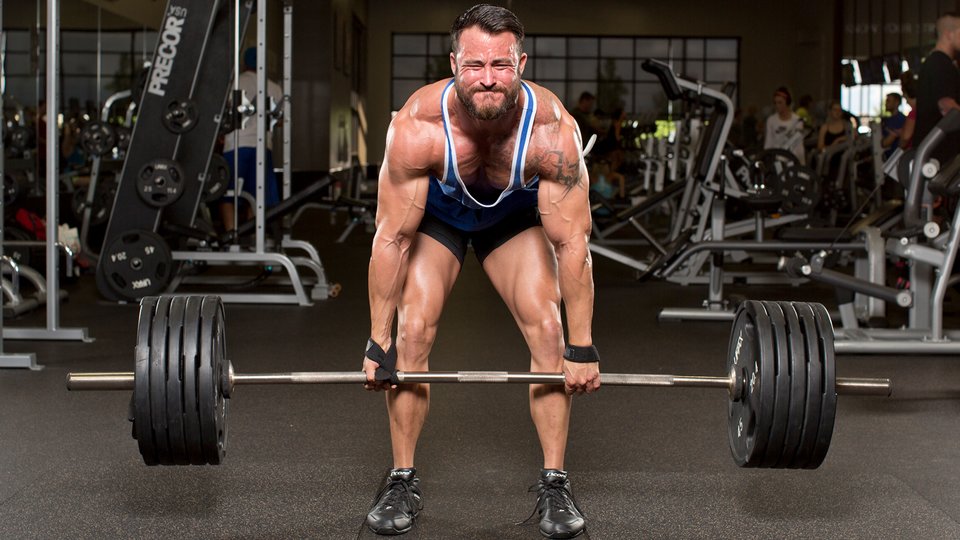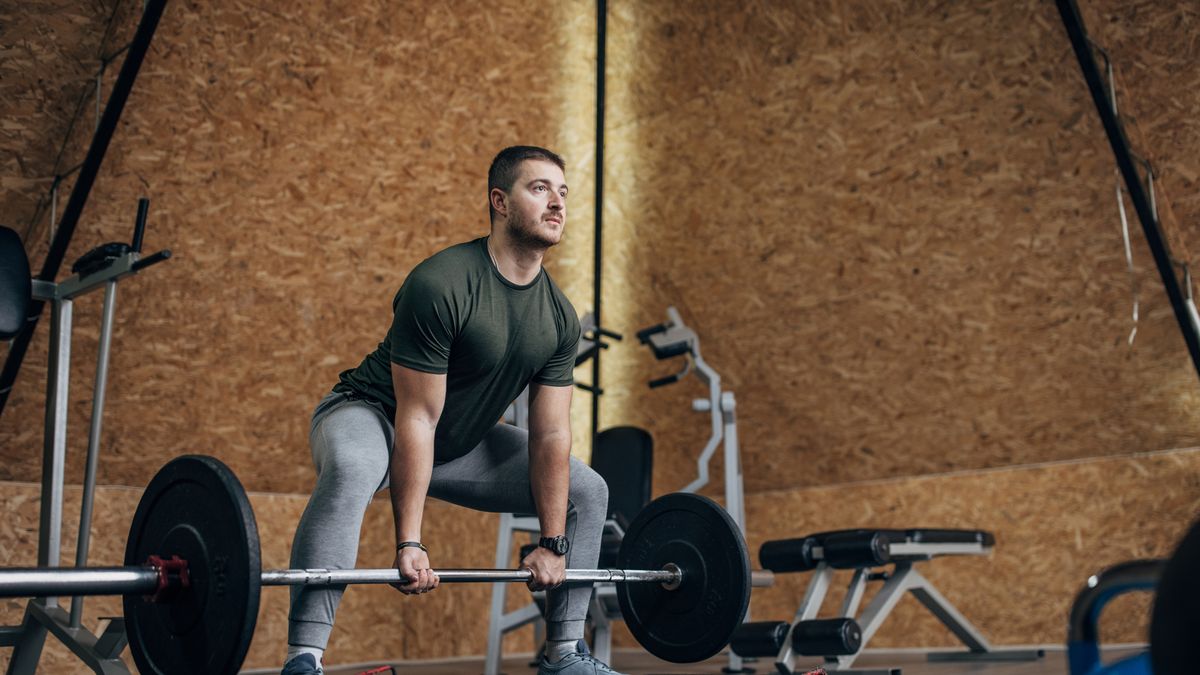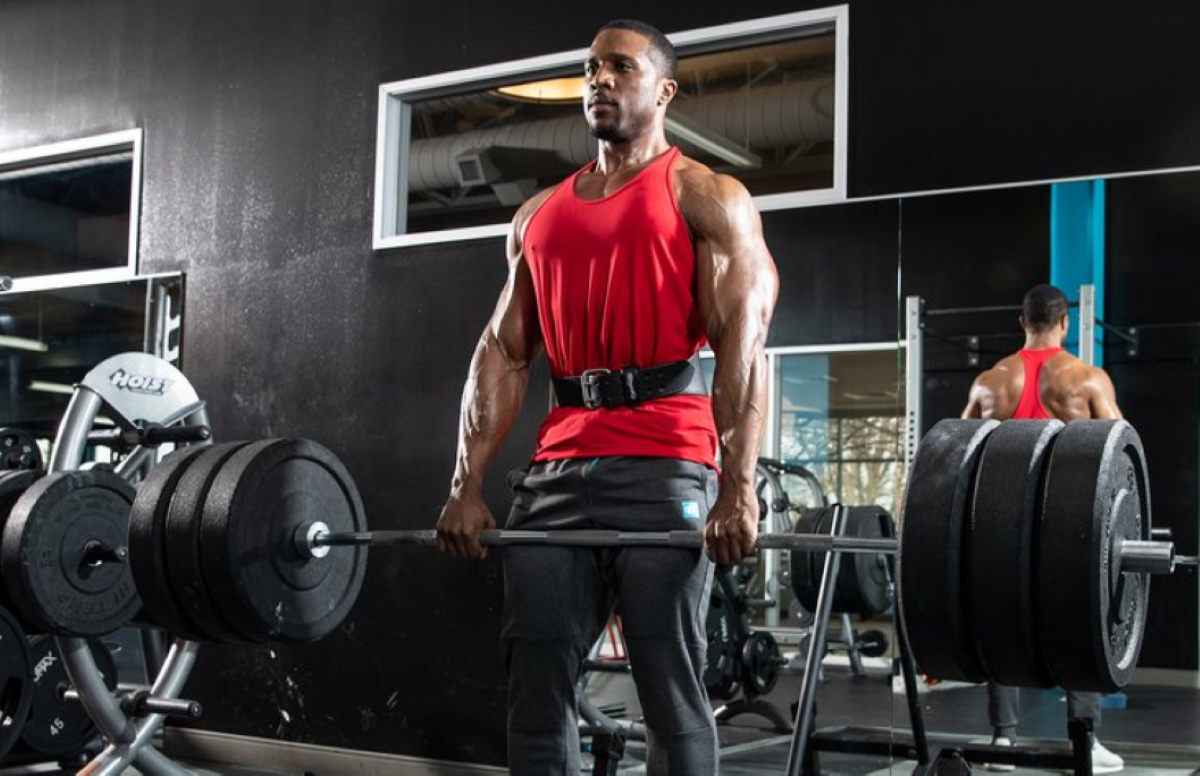The barbell deadlift is one of the most effective compound exercises, targeting multiple muscle groups, including the glutes, hamstrings, lower back, and core. It is a fundamental lift in strength training and powerlifting routines. Properly performing a deadlift not only builds strength and muscle but also enhances overall athletic performance.
Benefits of Barbell Deadlifts

Before diving into the proper technique, it’s essential to understand the benefits of incorporating deadlifts into your workout routine. Unlike isolated exercises, deadlifts engage various muscles simultaneously, making them highly efficient for overall strength development. Additionally, deadlifts help improve posture, boost metabolism, and promote bone density, making them beneficial for overall health and longevity. Weightlifting Belt A high-quality weightlifting belt provides essential support to your lower back and core during heavy deadlifts, reducing the risk of injuries and allowing you to lift with confidence.
Proper Form and Technique For Barbell Deadlift

Executing the barbell deadlift with proper form is crucial to avoid injuries and maximise gains. Follow these steps to perform a deadlift correctly. Lifting Straps When grip strength becomes a limiting factor, lifting straps can be a game-changer.
Step 1: Set Up
Begin by standing with your feet shoulder-width apart and the barbell close to your shins. Your grip on the barbell should be slightly wider than shoulder-width.
Step 2: Engage Your Core
Before lifting the bar, engage your core muscles to stabilize your spine and protect your lower back throughout the movement.
Step 3: Lift with Your Legs
Initiate the lift by pushing through your heels, keeping your back flat, and lifting the barbell upward. As you lift, keep the barbell close to your body to maintain proper alignment.
Step 4: Reach Full Extension
Once you’ve lifted the barbell, stand tall with your shoulders back, and hips fully extended. Maintain a neutral spine throughout the movement.
Step 5: Lower with Control
To complete the lift, lower the barbell back down to the ground with control, keeping your back flat and engaging your core.
Common Mistakes to Avoid
When performing barbell deadlift, several common mistakes can hinder your progress and increase the risk of injury. Avoid the following errors:
Mistake 1: Rounding Your Back
One of the most common mistakes is rounding your back during the lift. This puts excessive strain on the spine and increases the risk of herniated discs and other back issues. Focus on maintaining a neutral spine throughout the movement.
Mistake 2: Using Your Back Exclusively
Another mistake is relying solely on your back to lift the weight. Deadlifts should be a full-body exercise, with your legs and hips doing the majority of the work. Engage your glutes and hamstrings to generate power.
Mistake 3: Lifting Too Fast
Avoid lifting the barbell too quickly, as it compromises your form and increases the risk of injury. Lift the weight in a controlled manner, emphasizing proper technique over speed.
Mistake 4: Neglecting Warm-up
Skipping the warm-up is a recipe for disaster. Warm-up your muscles with light exercises and dynamic stretches to prepare them for the heavy load of the deadlift.
Mistake 5: Overtraining
Deadlifts are demanding on the central nervous system and require adequate recovery time. Overtraining can lead to burnout, decreased performance, and an increased risk of injury. Incorporate rest days into your training schedule.
Barbell Deadlift Variations

To add variety and challenge to your workouts, consider trying different deadlift variations, such as the sumo deadlift, Romanian deadlift, or trap bar deadlift. Each variation targets specific muscles and can help break through plateaus. Foam Roller After an intense deadlift session, a foam roller can be a lifesaver. Rolling out sore muscles can aid in recovery, reduce muscle tension, and improve flexibility. [
Incorporating Barbell Deadlift into Your Workout
To reap the full benefits of barbell deadlifts, include them as a core component of your strength training routine. Aim for two to three deadlift sessions per week, and pair them with complementary exercises to enhance overall strength and muscular development.
Tips for Progression and Safety

As you become more experienced with the deadlift, it’s essential to progressively increase the weight while maintaining proper form. Always prioritise safety and listen to your body to prevent injuries. Weight Plates Gradually increase the weight on your barbell with durable weight plates. They come in various sizes, allowing you to customise the resistance according to your strength level.
Avoiding Overtraining and Injuries
Listen to your body and avoid overtraining. Ensure adequate rest and recovery between deadlift sessions to optimise performance and reduce the risk of overuse injuries.
Nutrition for Barbell Deadlift Performance

Proper nutrition plays a vital role in optimising deadlift performance and recovery. Ensure you consume enough protein, complex carbohydrates, and healthy fats to support muscle growth and repair. Protein Powder Opt for a high-quality whey protein powder to easily meet your protein requirements and aid in muscle recovery after intense deadlift sessions.
Rest and Recovery
Finally, don’t overlook the importance of rest and recovery. Allow your body sufficient time to recover between intense training sessions, as this is when muscle growth occurs.
Conclusion
The barbell deadlift is a powerful exercise that offers numerous benefits for strength, muscle development, and overall health. By following proper form and avoiding common mistakes, you can safely and effectively incorporate this essential lift into your fitness routine. Remember to prioritise warm-up, recovery, and nutrition to achieve optimal results and maximise your deadlift performance. Happy lifting!
FAQs
Is the barbell deadlift suitable for beginners?
Yes, the deadlift can be performed by beginners, but it’s essential to start with light weights and focus on mastering the proper form first.
Can the barbell deadlift cause lower back pain?
When performed with incorrect form, the barbell deadlift can cause lower back pain. Engaging your core and maintaining a neutral spine is crucial to preventing such discomfort.
How often should I do the Barbell Deadliftin my workout routine?
The frequency of deadlifts depends on your overall workout routine and fitness goals. However, two to three times a week is generally sufficient for most individuals.
Can I use lifting straps for the barbell deadlift?
While lifting straps can assist with grip, it’s essential to develop grip strength naturally. Reserve the use of lifting straps for heavier lifts and focus on your grip strength during lighter sets.
Should I wear a weightlifting belt during the Barbell Deadlift?
Weightlifting belts can offer additional support, especially when lifting heavy weights. However, it’s essential not to rely solely on the belt and continue to engage your core muscles.
Can the Barbell Deadlift help with fat loss?
Yes, the deadlift is a compound exercise that engages multiple muscle groups, making it effective for fat loss when combined with a balanced diet and regular exercise.




